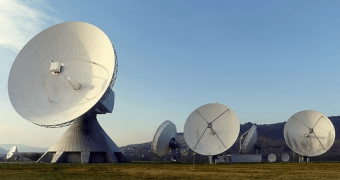
The Indian Broadcasting and Digital Foundation (IBDF) has recently voiced its opposition to the proposed division of the C-band spectrum in India. In a letter addressed to the Department of Telecom (DoT), the IBDF emphasised its concerns regarding the potential separation of the 3700-4200 MHz frequency range between terrestrial 5G carriers and satellite services.
The IBDF, representing broadcasters in the country, highlighted (via an ExchangeforMedia) a major issue with the government's proposal. They argued that moving Indian broadcasting from the current frequency band to a higher range would cause problems for receivers, specifically the low-noise blocks (LNBs), resulting in weaker satellite signals. This situation could worsen once 5G transmissions are introduced within the existing C-band.
Read More - Spectrum Allocation for Satellite Communication: The Debate Continues
Furthermore, the IBDF expressed concerns about the impact on TV channels currently operating in the 3700-3800 MHz band. If broadcasters were shifted to the 4000-4200 MHz band, numerous channels, including those relying on GSAT satellites like GSAT-30, would become non-operational. This could have significant implications for the broadcasting industry.
The letter also highlighted the potential negative consequences of allocating 300 MHz of the 3700-4200 band to telecom operators. More than 100 TV channels currently utilizing this band would be adversely affected, which could disrupt the viewing experience for millions of viewers.
Additionally, the IBDF pointed out that the intended migration of over 60 channels to safer frequency bands above 3800 MHz has encountered difficulties, further complicating the situation.
The concerns raised by the IBDF shed light on the potential challenges and consequences of dividing the C-band spectrum. It emphasises the importance of carefully considering the impact on satellite services and the broadcasting industry in India.
The DoT will need to take these concerns into account and find a balanced approach that addresses the needs of both 5G deployment and satellite services while minimising disruptions to the broadcasting ecosystem.















